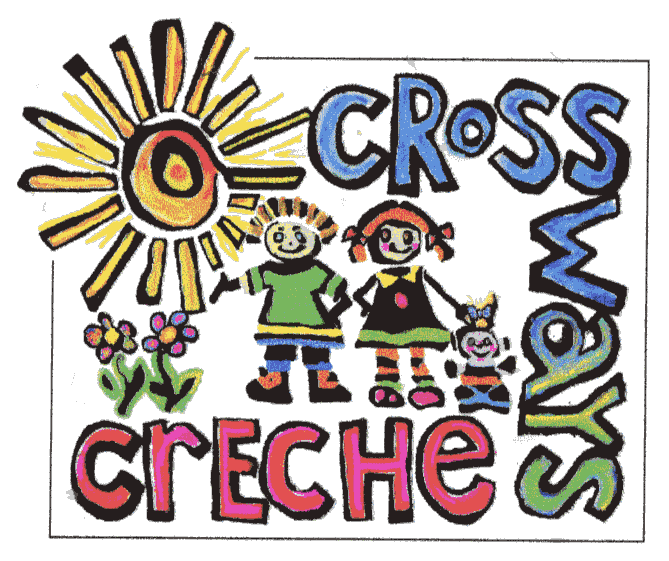Rationale: (why do we need this policy?) Transition to the Crossway learning community, and to school, are times of change for children and their whānau. Change can be both challenging and exciting; it is a time of adjustment to new relationships, environments and routines. As they navigate new pathways, it is our shared responsibility to manaaki (support) each child towards an ongoing sense of belonging. Providing consistency of relationship, environment, and culture can strengthen the child’s pathway towards positive learning outcomes for the present and into the future.
Objectives: (What do we hope to achieve?)
Children and their whānau develop confidence and trust to explore and establish new relationships with people, place and things of the learning community.
The child’s image of themselves and their mana (power, sense of self) are protected by continuity of experience between home and centre and between learning environments
By providing consistency of experiences children feel competent and secure in their learning environments, routines and relationships.
Guidelines: (How will we achieve it?)
- Transition is viewed as a time when Kaiako (teachers) and whānau work together towards what is best for the child.
- As we reflect on each child’s experience of transition, we ask the question: How do we support this child and their whanau to develop confidence and trust to explore and establish new relationships with people, place and things?
- Kaiako encourage whānau to share their values, wants and aspirations for their child and thoughtfully weave them into learning experiences.
- Kaiako support children by paying close attention to each child’s voice, affirming their identity and culture, connecting with and building on their strengths, and have positive expectations for their learning.
- Children transition smoothly when they: are prepared,
know what is about to change,
know what they need to do, and
have caring, responsive Kaiako to support them. 6. We make our approaches visible, so whānau clearly know how we are caring for and who is mentoring their child. 7. Predictable relationships and experiences help children to manage challenging circumstances or stressful experiences. 8. Nurturing confidence and trust promotes children’s courage, interest in and tolerance of unfamiliar experiences. 9. Kaiako work towards establishing warm, secure relationship with child and whānau, ensuring opportunity to develop close, responsive and trusting relationships with consistent caregivers who know the child well. 10. Kaiako and Crossways committee work to build the membership of the child and their whānau into the community by helping the child and their whānau to contribute to and connect with the routines, rituals and artefacts of this place. 11. We seek to ensure there is continuity in learning and experiences for the child between this learning community and the next.
References Education (Early Childhood Services) Regulations 2008 Te whāriki: Belonging - Goal 3: Children and their whānau experience an environment where they feel comfortable with the routines, customs, and regular events. Te whāriki: Pathway to school and Kura p51 -52. Licensing Criteria for Centre Based ECE Services: C6, C7, C11, C12; GMA1 GMA2 GMA3. Listening to different perspectives (Transitions in ECE) Keryn Davis, University of Canterbury, 2009
Approved date: September 2022 Review date: September 2024